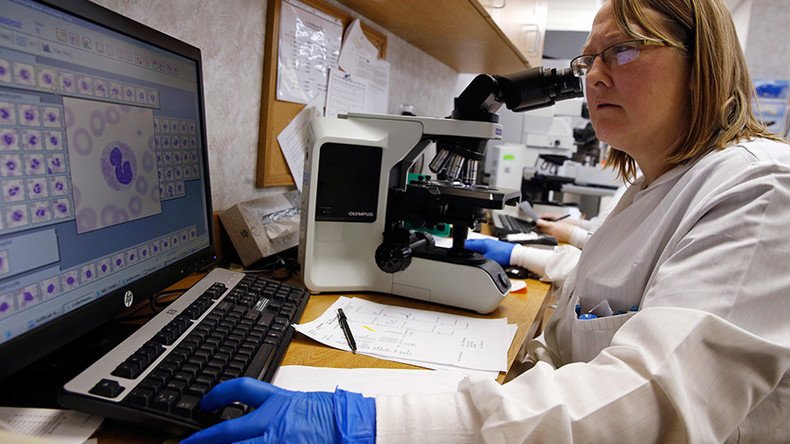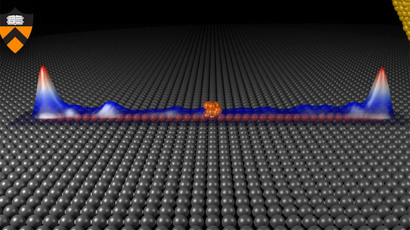California scientists spot long-predicted particle that annihilates with itself

Physicists in California have discovered evidence of Majorana fermions, long-hypothesized particles that are their own antiparticles. Scientists hope that in the future, their discovery will help manufacture more robust quantum computers.
Antimatter has been the staple of science fiction for decades, since physicist Paul Dirac suggested in the late 1920s that every particle has its antiparticle and that the pair annihilates in case of a collision, producing lots of energy. A decade later Ettore Majorana hypothesized that there may be particles that serve as their own antiparticles.
For eight decades the existence of Majorana particles, or more precisely Majorana fermions, remained hypothetical, though there is strong evidence that neutrinos may be one. But over the past few years advances in material science allowed several new experiments to find evidence of the such particles.
The first firm evidence of a Majorana fermion "concludes one of the most intensive searches in fundamental physics." https://t.co/fjHosrm2Fk
— Stanford University (@Stanford) July 20, 2017
Now a team of scientists from the University of California and Stanford University led by Professor Shoucheng Zhang reports that they have found “smoking gun” evidence of Majorana fermions. Their experiment, which is detailed in the Science magazine involves not a neutrino but rather more exotic “quasiparticles”.
The team created an arrangement of two quantum material films, in which the exotic particles could be created.
"The top film was a superconductor. The bottom one was a topological insulator, which conducts current only along its surface or edges but not through its middle. Putting them together created a superconducting topological insulator, where electrons zip along two edges of the material’s surface without resistance, like cars on a superhighway," Stanford University explained in the press release.
Such an arrangement forced electrons to flow in one direction along one edge of the surface, while electrons on the opposite edge moved in a different direction. Swiping a magnet over the stack allowed scientists to control the flow of the electrons and eventually discover the subatomic particle they have been looking for.
“At certain points in this cycle, Majorana quasiparticles emerged, arising in pairs out of the superconducting layer and traveling along the edges of the topological insulator just as the electrons did,” the press release said.
“The quasiparticles they observed are essentially excitations in a material that behave like Majorana particles,” Stanford physics Professor Giorgio Gratta pointed out. “But they are not elementary particles and they are made in a very artificial way in a very specially prepared material.”
The team suggested calling the fermion they discovered the “angel particle,” named after a matter-antimatter time bomb found in Dan Brown's thriller, “Angels and Demons.”
While the discovery is not translating immediately into a practical application, the team hopes that their research will help building more reliable quantum computers in the distant future.
“Majorana fermions could be used to construct robust quantum computers that aren’t thrown off by environmental noise, which has been a big obstacle to their development,” the statement reads.
The study of Majorana quasiparticles may also help scientists researching neutrinos better plan their experiments aimed at establishing whether the neutrino behaves as a Majorana fermion.













